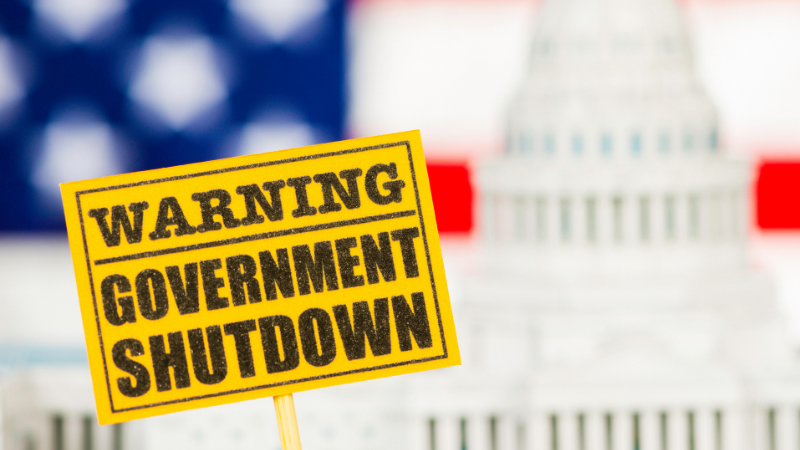
CHICAGO, September 30, 2025 — If the last federal shutdown is a preview of what the food-away-from-home industry can expect this time around, a resolution of the political stalemate can’t come soon enough for dining-out businesses in and around the nation’s capital.
Restaurants and other foodservice operations suffered a net loss of $3 billion in sales from the 35-day suspension of federal activities that ended in January 2019, according to an estimate issued at the end of the shutdown by the U.S. Congressional Budget Office.
During the closing, traffic dipped as much as 33% for the Washington area’s fine-dining restaurants, the research firm Gravy Analytics (now known as Unacast) reported at the time. It pegged the drop for limited-service restaurants at 23%.
The industry was losing about $2 billion a day in sales, added the financial institution Wells Fargo.
Much of that lost business returned in a torrent once the shutdown ended and salaried employees who’d been furloughed during the shutdown retroactively received the pay they had been unable to collect during the political standoff. But not all of the funds normally spent on dining out during that time of year eventually flowed into restaurants’ tills.
That rebound may not materialize this time around because the Trump Administration has revealed plans to lay off rather than furlough federal employees who are idled by the stalemate. The White House has failed to estimate how many individuals will be let go, but President Trump predicted “vast numbers” of pink slips will be issued.
An estimated 380,000 federal employees were furloughed during the 2018-2019 shutdown and another 420,000 continued to fulfill their roles without pay. The suspension of the federal government was the longest in history.
The shutdown began while Republicans enjoyed a majority of seats in both chambers of Congress. In January, the Democratic Party took control of the House of Representatives. Donald Trump was President throughout the timeframe.
Efforts to hammer out a compromise for reopening the government were frustrated by Trump’s refusal to sign any measure that did not earmark nearly $6 billion to build a wall along the U.S.-Mexican border. Under intense pressure from Democrats and the public, he eventually dropped his resistance and a temporary spending measure known as a continuing resolution, or CR, was approved.
The Republicans currently control the House, Senate, and White House. Their efforts to pass a budget or another CR have been thwarted by Democrats’ refusal to approve any Republican proposal that appears to narrow public access to healthcare insurance.
The federal government will shut down as of 12:01 a.m. on Oct. 1 if no spending measure is approved. Leaders of both political parties have voiced doubts that a compromise will be reached beforehand.
As Managing Editor for IFMA The Food Away from Home Association, Romeo is responsible for generating the group's news and feature content. He brings more than 40 years of experience in covering restaurants to the position.